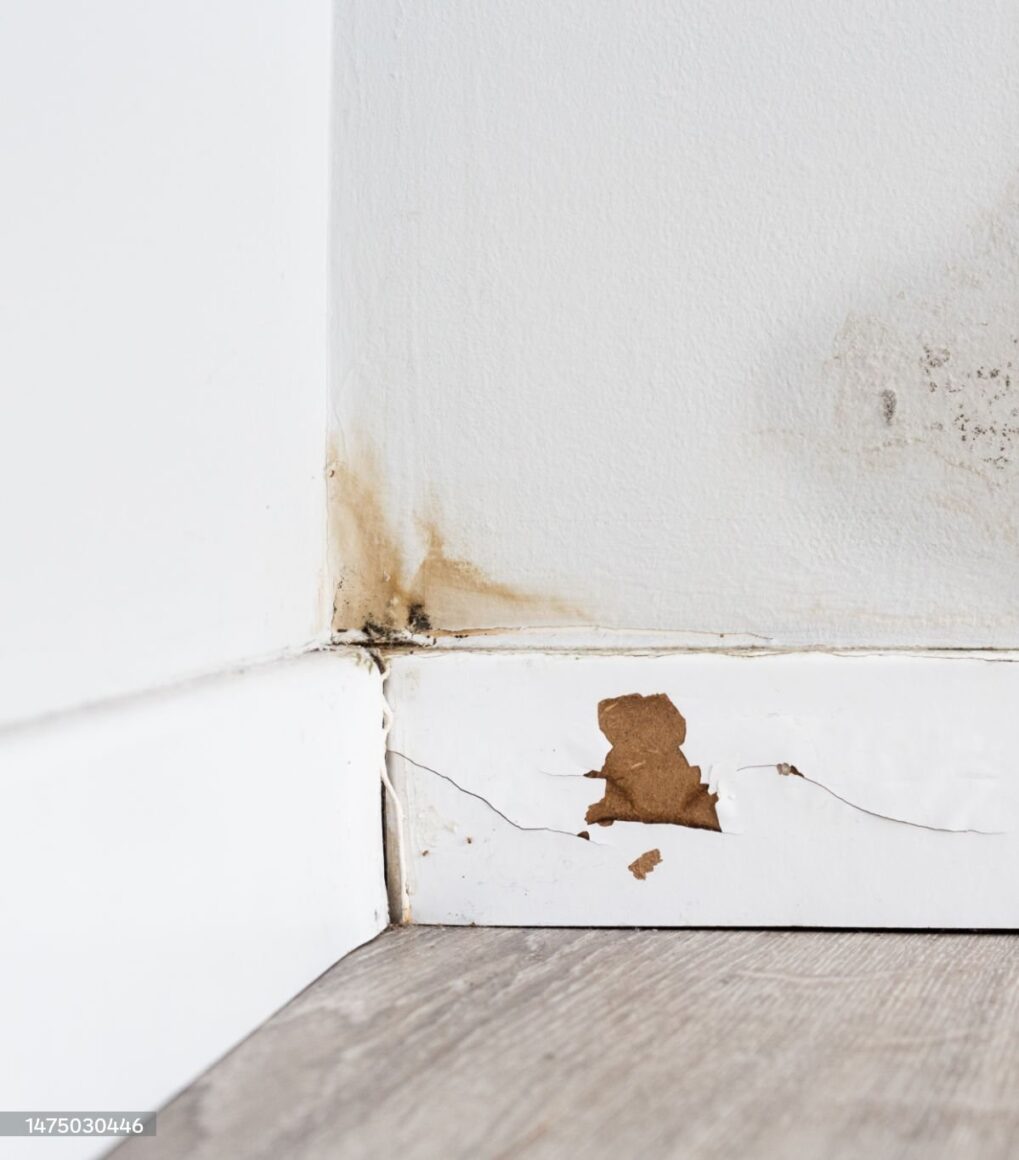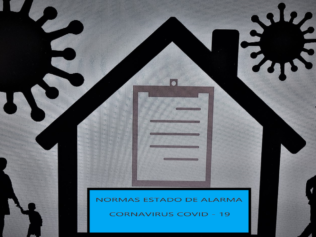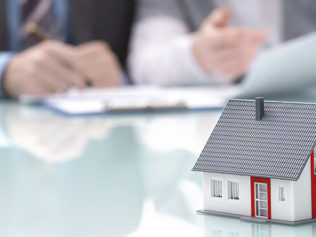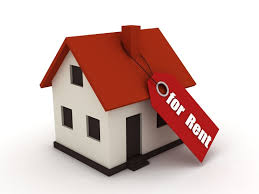DAMPNESS, LEAKS, CRACKS, AND OTHER CONSTRUCTION AND INSTALLATION PROBLEMS IN OUR NEW HOME: WHEN CAN WE CLAIM THEIR REPAIR AND AGAINST WHOM?
We are enjoying our new home purchased not long ago and, suddenly, unpleasant surprises appear: damp stains on the wall or ceiling, leaks, the hot water does not work, the air conditioning does not cool, cracks appear in the walls of one or more rooms, tiles fall off the walls of the bathroom, or many others.
The Spanish Law of Building Management (Ley de Ordenación de la Edificación, nº 38/1999) also known by its acronym LOE (complemented by the Technical Building Code – Código Técnico de la Edificación-) requires basic requirements or minimum quality standards in all buildings, and especially in those for housing, when they are built and sold to citizens.
In order to ensure that these requirements or standards are effectively met, the law establishes reasonable warranty periods so that whoever is responsible for the damage (either because the building or its installations were poorly designed, or because it was poorly constructed, or because the builder was not adequately supervised or instructed) is obliged to repair it and leave the purchaser-owner unharmed.
In the first place, and returning to the so-called basic requirements of the building, the LOE imposes the following minimum requirements:
a) Related to functionality:
(a.1) Utilization, in such a way that the layout and dimensions of the spaces and the provision of facilities facilitate the proper performance of the functions foreseen in the building.
a.2) Accessibility, in such a way that people with reduced mobility and communication are allowed to access and move around the building under the terms provided for in its specific regulations.
a.3) Access to telecommunication, audiovisual and information services in accordance with the specific regulations.
a.4) Facilitation of access to postal services, through the provision of appropriate facilities for the delivery of postal items, in accordance with the provisions of their specific regulations.
b) Related to security:
b.1) Structural safety, such that no damage occurs in the building, or parts thereof, originating in or affecting the foundations, supports, beams, slabs, load-bearing walls or other structural elements, and directly compromising the mechanical strength and stability of the building.
b.2) Safety in case of fire, in such a way that the occupants can vacate the building in safe conditions, the extension of the fire within the building itself and the adjoining buildings can be limited and the action of the extinguishing and rescue teams can be allowed.
b.3) Safety of use, in such a way that the normal use of the building does not pose a risk of accident for people.
c) Relative to habitability:
c.1) Hygiene, health and environmental protection, in such a way that acceptable conditions of salubrity and watertightness are reached in the interior environment of the building and that it does not deteriorate the environment in its immediate surroundings, guaranteeing an adequate management of all kinds of waste.
c.2) Protection against noise, in such a way that the perceived noise does not endanger the health of people and allows them to carry out their activities satisfactorily.
c.3) Energy saving and thermal insulation, in such a way that a rational use of the energy necessary for the proper use of the building is achieved.
c.4) Other functional aspects of the constructive elements or installations that allow a satisfactory use of the building.
For these basic requirements of any building to be met, there are a multitude of technical standards that specifically regulate the way a building and each of its installations are executed, most of which are included in the so-called Technical Building Code, or other specific complementary regulations that technology or good construction practice may refine.
It is also required as a guarantee for citizens:
1º That there is a Project defining all the details of the building before constructing it, drafted by a technician (or several) academically qualified with a university degree (normally Architects assisted by engineers) as a professional who is presumed to have knowledge of the referred technical standards.
2º That the Project is authorized by the City Council, by means of the concession of a Building Permit, after verification by the municipal technicians that the Project is complete and complies with the required regulations, from the urban planning, environmental, accessibility, technical integrity and safety points of view.
3º That the construction of the building and its installations be carried out by a professional builder capable of undertaking it, who has qualified and insured labor personnel, with his own and/or subcontracted instruments and material means, and with the assistance of specialist installers.
4º That the construction works and their installations are directed by qualified professional technicians (Architects, Technical Architects, Quantity Surveyors, Building Engineers, Technical Engineers) who take care of their correct execution and monitor the safety of the works and workers.
5º That approved materials supplied by accredited suppliers are used, and that they are controlled if necessary by specialized laboratories, and installation equipment with official technical and safety guarantees.
6º That once finished and delivered the house, its owners attend to a minimum maintenance and conservation of its facilities and elements in a state to continue serving its purpose.
All these provisions are those that will allow a new building intended for housing, or rehabilitated as such, to meet the aforementioned basic quality requirements.
Even so, it is possible that during the construction process some mistake has been made, some failure in the fulfillment of the forecasts and guarantees detailed above, that determines that part of the building or some of its facilities do not fulfill some of the mentioned basic requirements and that, for that reason damages are caused to the own housing, or other adjacent or in elements and common zones of the building.
And precisely to ensure that these types of deficiencies are corrected completely and correctly by whoever has caused them, the Building Law in its article establishes GUARANTEE PERIODS:
a) For ten (10) years, for material damage caused to the building by vices or defects affecting the foundation, supports, beams, slabs, load-bearing walls or other structural elements, and which directly compromise the mechanical resistance and stability of the building.
b) For three (3) years, for material damage caused to the building due to faults or defects in the construction elements or installations that cause non-compliance with the habitability requirements, affecting the acceptable conditions of healthiness and watertightness in the interior environment of the building, against noise, energy saving and thermal insulation, and other functional aspects of the construction elements or installations that allow for a satisfactory use of the building.
c) For one (1) year the Builder shall also be liable for material damages due to vices or defects of execution that affect elements of completion or finish of the works.
These periods begin to run from the date on which the finished Building was delivered by the Builder to the Promoter by means of the “Act of Reception of the Building” (Acta de Recepción de las Obras) without reservations, or if delivered with reservations, from the date on which they were corrected.
If the problem is detected within these warranty periods, the injured owner in turn has a maximum period of TWO (2) more years, from the time he learned of the damage, to claim its repair.
This period of two years can be interrupted and resumed again, by means of a formal, reliable and direct request to the responsible party to repair.
If in this period of two years after the damage is effectively known, no formal claim is made to the responsible party, the action is extinguished and it will no longer be possible to claim against it.
If the problem arises or becomes apparent after these warranty periods have elapsed (10, 3 or 1 year, depending on the type of defect), this claim provided for in the LOE will not be viable, although other alternative ways of claim could be studied.
Regarding to whom it can be claimed, the LOE establishes a general joint and several liability against the developer of the building, first owner and seller. ALWAYS AND IN ALL CASES the Promoter is jointly and severally liable for damages due to construction defects and is obliged to repair them.
The injured party may also bring his action and make his claim for repair against the agent involved in the building process responsible for the damage (and against his insurance company) for having been the cause of the construction defect and the damage arising therefrom, either:
– the Architect author of the Project (for having badly designed a part of the same one causing the problem)
– the technicians in charge of the works (either for not having informed the designer of gross errors in project so that he could correct them, or for not having supervised or corrected the works that the builder was carrying out incorrectly, or controlled the quality of the materials used in the work).
– The builder for not having correctly executed the work of his workers, or the subcontractors or installers to whom he delegated part of the works or installations.
Any claim in Court, if it is not attended by the Promoter or by the agents involved in the work that apparently caused them, will require the hiring of an expert building specialist to ascertain the extension and entity of the damages that have appeared and to rule and justify who was the specific subject that has caused it due to lack of diligence, lack of preparation or lack of care (or who, if there were several, and in what proportion each one).
Notwithstanding the foregoing, there are many other cases of liability for damages to homes, arising from work or damage to other adjoining buildings under construction, or neighbors who have damaged common facilities or carried out harmful activities or acts beyond their own homes; or unforeseeable extraordinary damages, etc., which are the subject of other different regulations.








